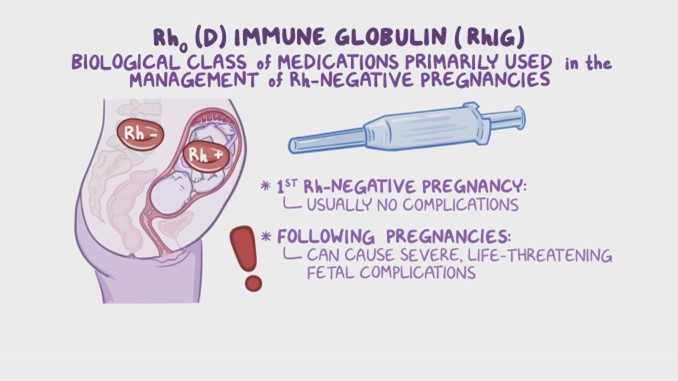A nurse is discussing recommendations for daily nutrient intake during pregnancy with a client who is at 10 weeks of gestation. For which of the following nutrients should the nurse instruct the client to increase intake during pregnancy?
Vitamin E.
Vitamin D.
Fiber.
Calcium.
None
None
The Correct Answer is C
A. Vitamin E is important for overall health but does not need to be specifically increased during pregnancy.
B. Vitamin D supports calcium absorption, but routine intake is generally sufficient unless a deficiency exists.
C. Fiber intake should be increased during pregnancy to help prevent constipation, which is a common issue due to hormonal changes and slowed gastrointestinal motility.
D. Calcium intake is important, but for many clients, standard dietary recommendations are adequate unless otherwise prescribed.
Nursing Test Bank
Naxlex Comprehensive Predictor Exams
Related Questions
Correct Answer is D
Explanation
Choice A rationale:
This statement is incorrect. The client should receive Rh(D) immune globulin (RhoGAM) if they are Rh-negative and their partner's Rh status is unknown or Rh-positive. This prevents the development of Rh antibodies in the mother's blood, which could be harmful in future pregnancies if the baby is Rh-positive.
Choice B rationale:
This statement is incorrect. Rh(D) immune globulin is administered to an Rh-negative mother within 72 hours after delivery if the baby is Rh-positive. This is done to prevent the mother from developing Rh antibodies that could affect subsequent pregnancies.
Choice C rationale:
This statement is incorrect. There is no restriction on receiving other immunizations after receiving Rh(D) immune globulin. The shot only protects against Rh incompatibility and does not interfere with other immunizations.
Choice D rationale:

This statement is correct. Rh(D) immune globulin can be given after birth to an Rh-negative mother with an Rh-positive baby. This helps protect the mother's future pregnancies from the potential harmful effects of Rh incompatibility.
Correct Answer is A
Explanation
Choice A rationale:
Naegele's Rule is used to estimate the expected delivery date (EDD) by adding 7 days and 9 months to the first day of the last menstrual period (LMP) In this case, May 4th, 2018, is the first day of the LMP. Adding 7 days brings us to May 11th, and then adding 9 months brings us to February 11th, 2019, which is the estimated delivery date.
Choice B rationale:
This option is incorrect because it adds 9 months to the LMP without accounting for the additional 7 days, resulting in an inaccurate EDD.
Choice C rationale:
This option is incorrect because it only adds 9 months to the LMP without considering the 7 days, leading to an inaccurate EDD.
Choice D rationale:
This option is incorrect because it adds 9 months to the LMP without considering the 7 days, resulting in an inaccurate EDD.
Whether you are a student looking to ace your exams or a practicing nurse seeking to enhance your expertise , our nursing education contents will empower you with the confidence and competence to make a difference in the lives of patients and become a respected leader in the healthcare field.
Visit Naxlex, invest in your future and unlock endless possibilities with our unparalleled nursing education contents today
Report Wrong Answer on the Current Question
Do you disagree with the answer? If yes, what is your expected answer? Explain.
Kindly be descriptive with the issue you are facing.
